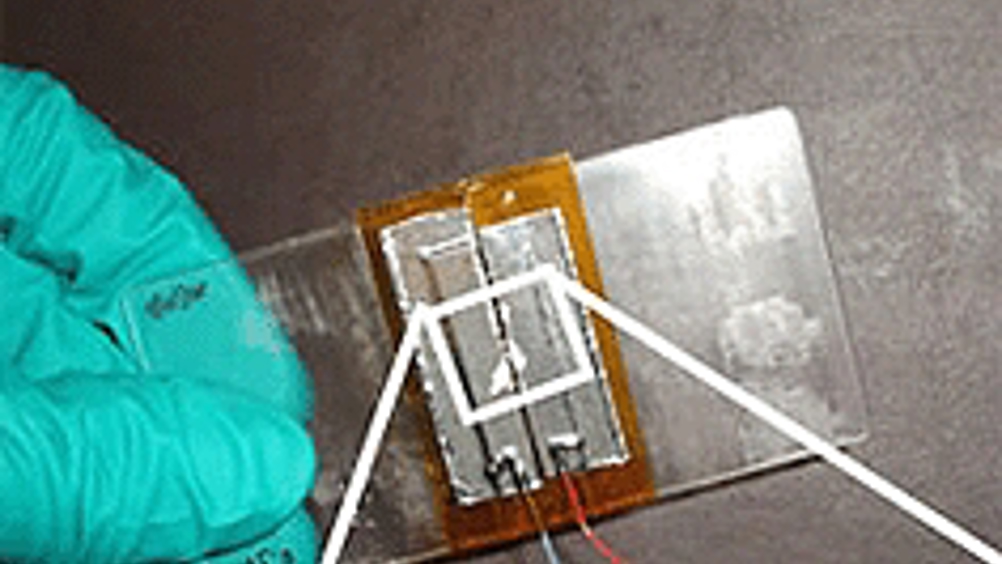Harnessing the power of fashion
Engineers at the University of California, Berkeley have created nanofibres that can be woven into clothing and have piezoelectric properties that could power devices such as handheld electronics.

‘This technology could eventually lead to wearable “smart clothes” that can power hand-held electronics through ordinary body movements,’ said Liwei Lin, UC Berkeley professor of mechanical engineering and head of the international research team that developed the fibre nanogenerators.
The nanofibres are made from organic polyvinylidene fluoride (PVDF), making them flexible and relatively easy and economical to manufacture.
‘Because the nanofibres are so small, we could weave them right into clothes with no perceptible change in comfort for the user,’ added Lin, who is also co-director of the Berkeley Sensor and Actuator Center at UC Berkeley.
Other research teams have previously made nanogenerators out of inorganic semiconducting materials, such as zinc oxide or barium titanate.
‘Inorganic nanogenerators — in contrast to the organic nanogenerators we created — are more brittle and harder to grow in significant quantities,’ Lin said.
The nanogenerators have diameters as small as 500 nanometres.
The researchers repeatedly tugged the nanofibres, generating electrical outputs ranging from five to 30 millivolts and 0.5 to three nanoamps.
Register now to continue reading
Thanks for visiting The Engineer. You’ve now reached your monthly limit of news stories. Register for free to unlock unlimited access to all of our news coverage, as well as premium content including opinion, in-depth features and special reports.
Benefits of registering
-
In-depth insights and coverage of key emerging trends
-
Unrestricted access to special reports throughout the year
-
Daily technology news delivered straight to your inbox










Water Sector Talent Exodus Could Cripple The Sector
Well let´s do a little experiment. My last (10.4.25) half-yearly water/waste water bill from Severn Trent was £98.29. How much does not-for-profit Dŵr...